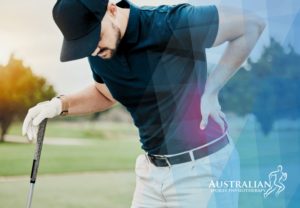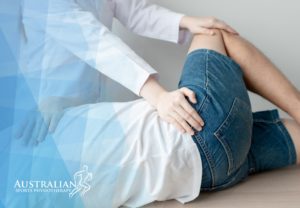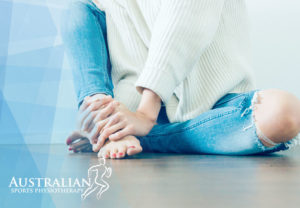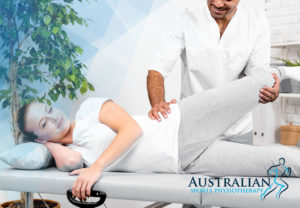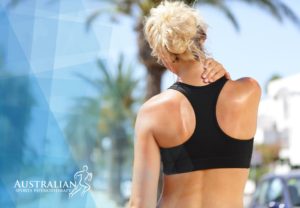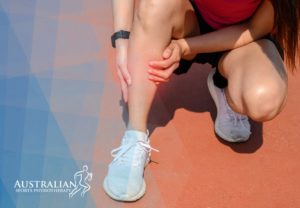Running injuries occur when your training load (distance, speed, terrain) exceeds what your body’s tissues can handle.
Key factors:
- Prior injury is a significant risk factor
Age matters: older runners are more likely to get soft-tissue / tendon issues (because of reduced tissue quality), while younger runners may more often get bone or joint problems. - Training behaviour & technique: sharp changes in load, downhill/uphill changes, an abrupt switch in surfaces, or over-striding can all increase injury risk.
Other factors: nutrition, sleep, recovery, medication and overall tissue health also play a major role.
What to do when an injury occurs
- Do a simple running assessment: look for things like excessive knee-drift (femur internal rotation and adduction) and landing too far ahead of your body (over-striding) as these increase joint and bone load.
- Calf muscle strengthening (especially soleus + gastrocnemius) are critical for running: they generate very large forces and so need strong, targeted rehab.
- If you must reduce running, avoid full rest for too long: completely “switching off” a running tissue may reduce its capacity further (stress-shielding). Where safe, maintain some load and build capacity progressively.
How to prevent bone-stress injuries (BSIs)
BSIs occur when the bone’s micro-damage repair process is overwhelmed by loading.
Here are five practical tips to minimise BSIs:
- Avoid big spikes in load – aim to increase training gradually rather than suddenly jumping kilometres or intensity.
- Volume before intensity – increase how much you run before increasing how fast or how hard you run; bones tolerate volume better than sudden high intensity.
- Schedule recovery/rest – include regular rest days, blocks of reduced load (or cross-training) to allow adaptation.
- Introduce new surfaces/terrains slowly – e.g., trail vs road, uphill vs flat; changes in environment alter loading patterns.
- Technique tweaks – increasing step-cadence by around 5-10% (thereby reducing stride length) can reduce impact loads and help protect the lower limb.
Summary
If you’re a runner (novice or experienced), here’s a quick checklist:
- Have you had a previous injury? If yes, be extra cautious.
- Monitor your weekly training load. Aim for gradual changes.
- Strengthen your lower-limb, especially calves and glutes.
Check running form: avoid obvious over-striding; reduce knee collapse or drift.
Mix surfaces slowly. Give your body recovery time. - If you feel persistent pain (especially bone or joint pain), get assessed early as catching things early means a quicker recovery
